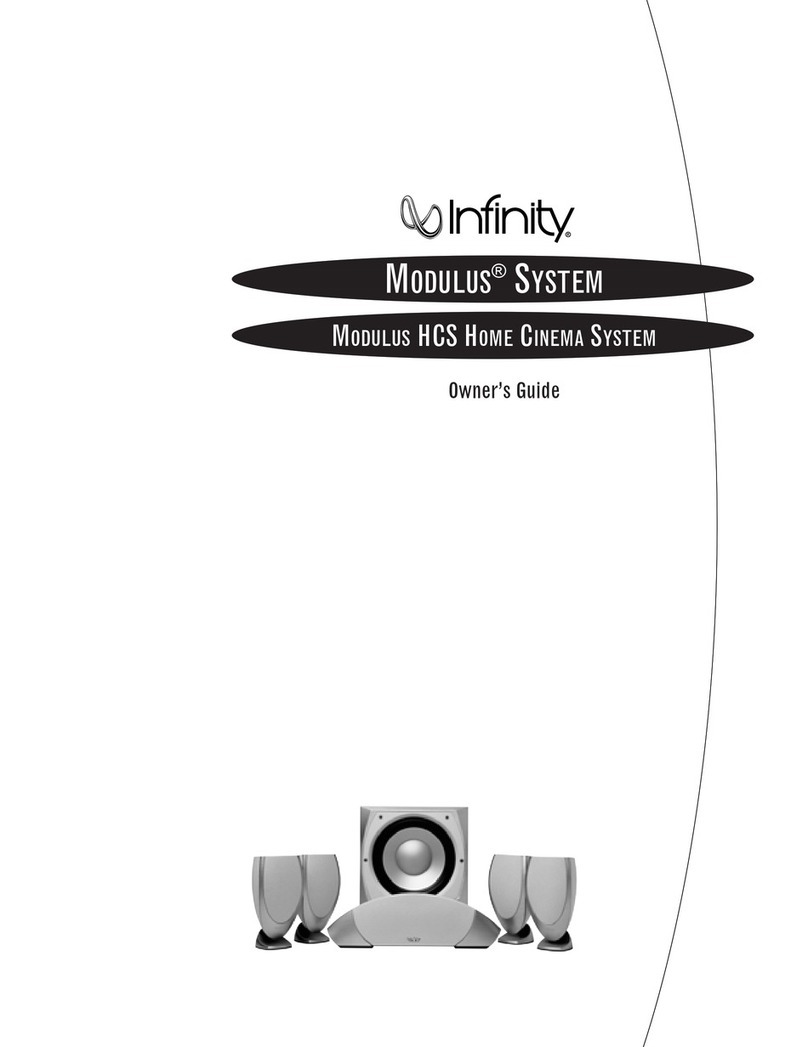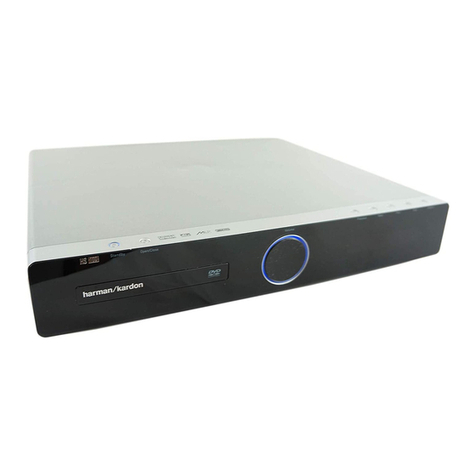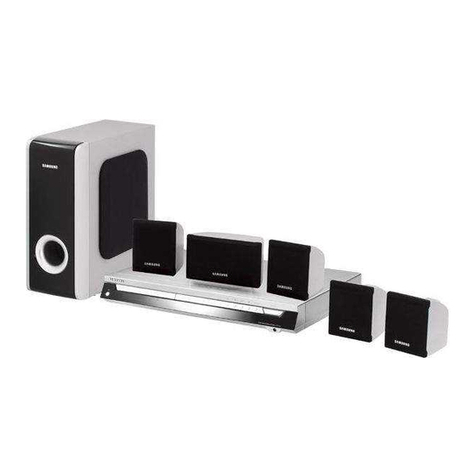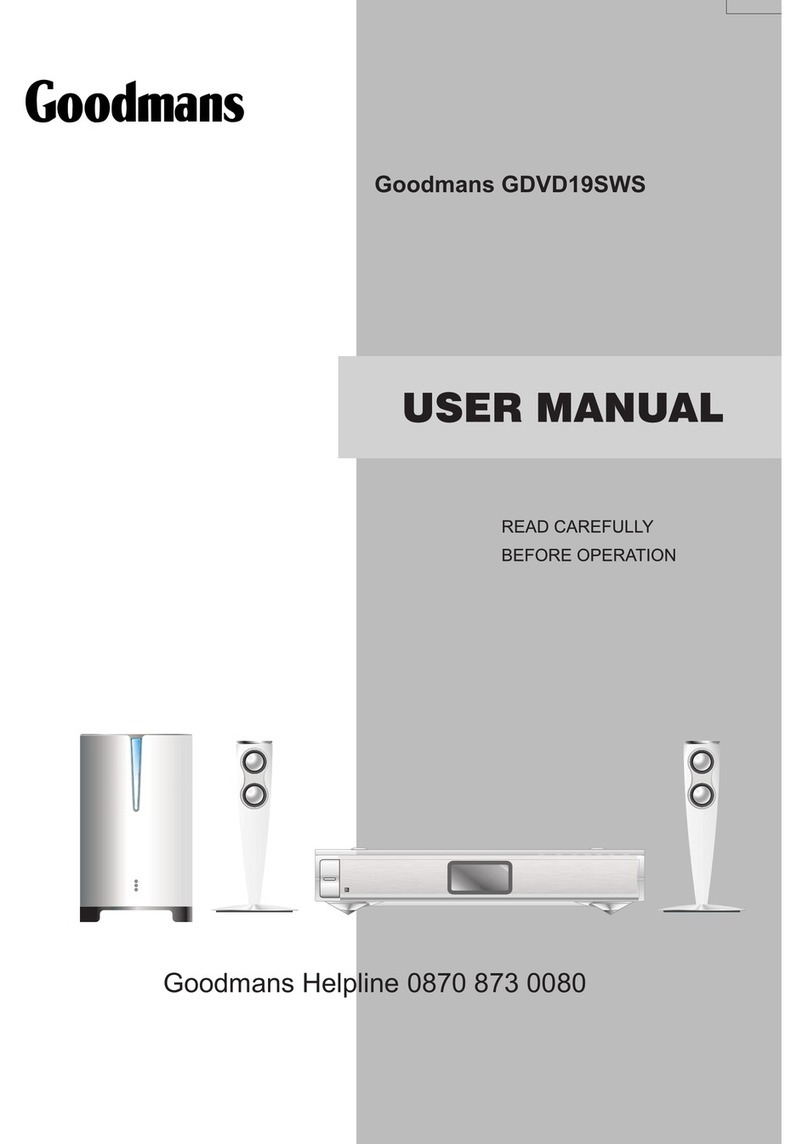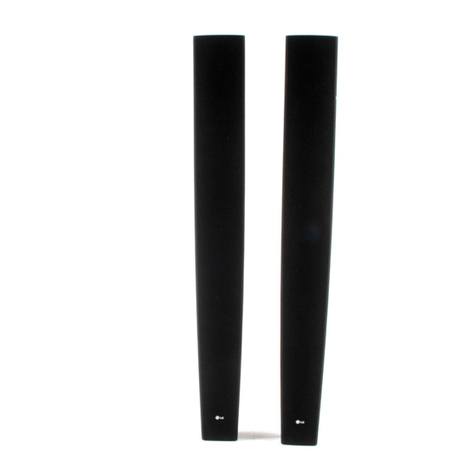If there is no sound from
any of the speakers,
check the following:
•Receiver/amplifier is on
and a source is playing.
•Powered subwoofer is
plugged in and is in the “On”
position.
•Check all wires and con-
nections between receiver/
amplifier and speakers.
Make sure all wires are con-
nected. Make sure none of
the speaker wires are frayed,
cut or punctured.
•Review proper operation of
your receiver/amplifier.
If there is no sound com-
ing from one speaker,
check the following:
•Check the “Balance”
control on your receiver/
amplifier.
•Check all wires and con-
nections between receiver/
amplifier and speakers.
Make sure all wires are con-
nected. Make sure none of
the speaker wires are frayed,
cut or punctured.
If the system plays at low
volumes but shuts off as
volume is increased,
check the following:
•Check all wires and con-
nections between receiver/
amplifier and speakers.
Make sure all wires are con-
nected. Make sure none of
the speaker wires are frayed,
cut or punctured.
•If more than one pair of
main speakers is being used,
check the minimum imped-
ance requirements of your
receiver/amplifier.
If there is low bass output,
check the following:
•Make sure the connections
to the left and right “Speaker
Inputs”have the correct
polarity (+ and –).
•Make sure that the sub-
woofer is plugged into an
active electrical outlet.
•Powered subwoofer is
plugged in and is in the “On”
position.
If there is no sound from
the surround speakers,
check the following:
•Check all wires and con-
nections between receiver/
amplifier and speakers.
Make sure all wires are con-
nected. Make sure none of
the speaker wires are frayed,
cut or punctured.
•Review proper operation of
your receiver/amplifier and
its surround sound features.
•Make sure the movie or TV
show you are watching is
recorded in Dolby surround.
If it is not, check to see if
your receiver/amplifier has
other surround modes you
may use.
Troubleshooting


